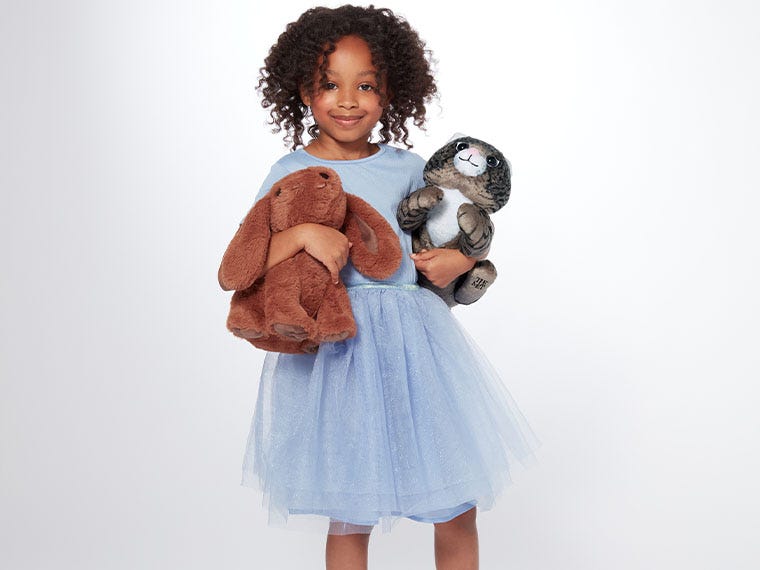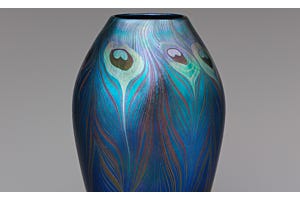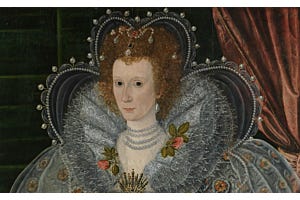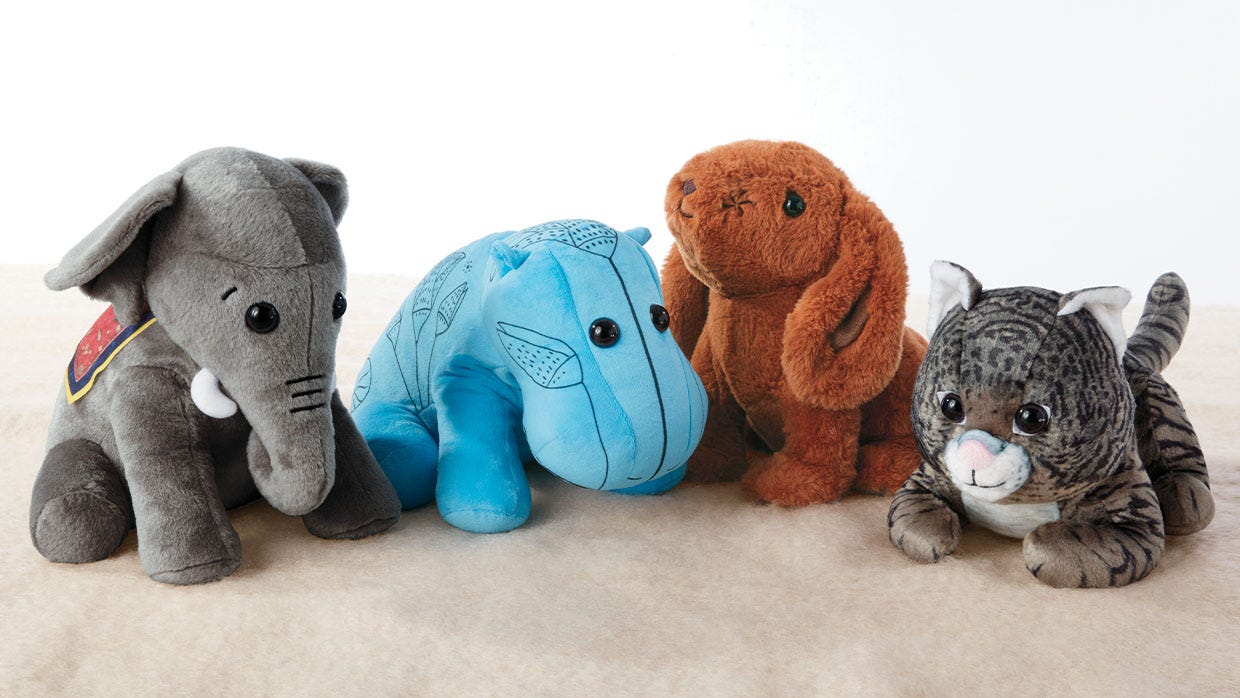
Everyone’s favorite blue hippo—and The Met’s unofficial mascot—“William®” is making his debut this season as a super cuddly plush toy. And he’s not alone. He brings with him three buddies from the Museum’s holdings—a cat, an elephant, and a rabbit—each reimagined as a soft toy, with The Met logo embroidered on the bottom of their feet. Let’s meet them now, shall we?
William Hippo Plush
Our snuggly blue hippo stuffy pays tribute to an Egyptian faience statuette (ca. 1961–1878 B.C.) famously known as William. Like the original William, our plush toy is decorated with lotus blossoms and marsh plants, which suggest his habitat along the shallow banks of the Nile River
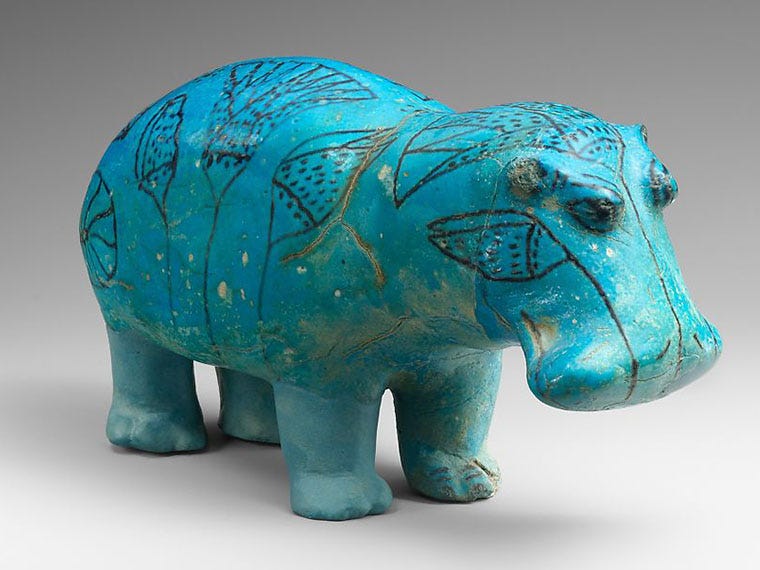

The Favorite Cat Plush
Cat lovers of ages will want to curl up with our cuddly cat plush inspired by The Favorite Cat (1838–48), a hand-colored lithograph by Nathaniel Currier (American, 1813–1888) in The Met collection. Currier gained lasting fame as coprincipal of the New York–based firm Currier & Ives (American, 1857–1907), renowned in the latter half of the 19th century for their wildly popular prints.
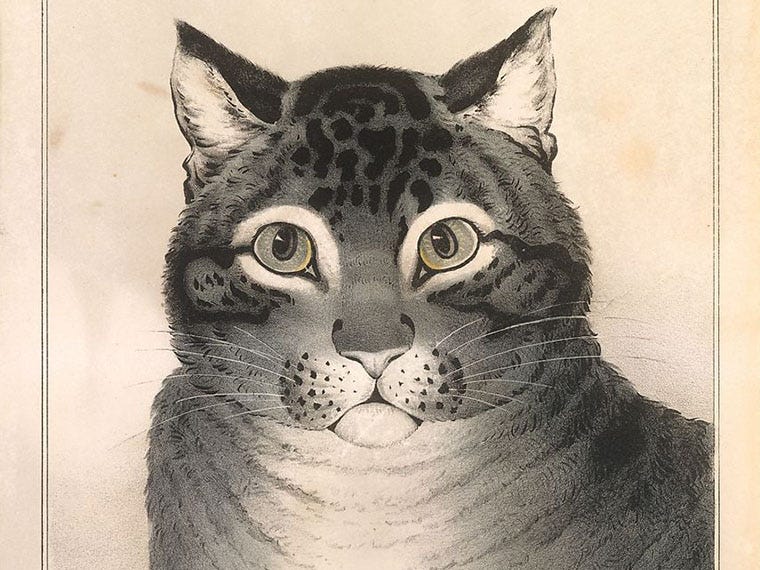

King Elephant Plush
All hail the king of the elephants! Our adorable elephant toy evokes the great 'Alam Guman Gajraj as depicted in a magnificent watercolor painted circa 1640 in India and housed at The Met. The portrait, which is attributed to the artist Bichitr (Indian, active ca. 1610–60), features a Persian inscription commemorating the animal as the "king of elephants." Elephants were prized possessions of the Indian courts, and this mighty tusker was presented to the Mughal emperor Jahangir during the New Year celebrations of March 21, 1614.


Rabbit Netsuke Plush
This funny bunny resembles a little rabbit netsuke in The Met collection. Carved out of wood in the 19th century during Japan's Edo (1615–1868) or Meiji period (1868–1912), this practical figurine would have been used to attach inr?—pouches or cases for small items including tobacco and medicine—to the sash of one's kimono. While netsuke were utilitarian objects, they were carefully crafted by highly skilled artisans. Zodiac animals such as the rabbit were commonly depicted.
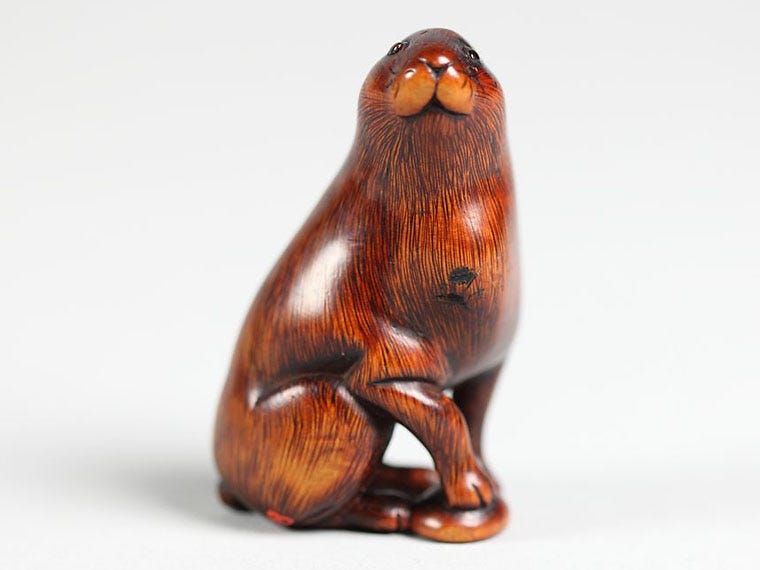

Art Gifts for Kids
You can find our cuddly quartet online and in-store now. For more Museum-inspired kids' gifts, be sure to check out our just-launched Gift Guide for 2022.
